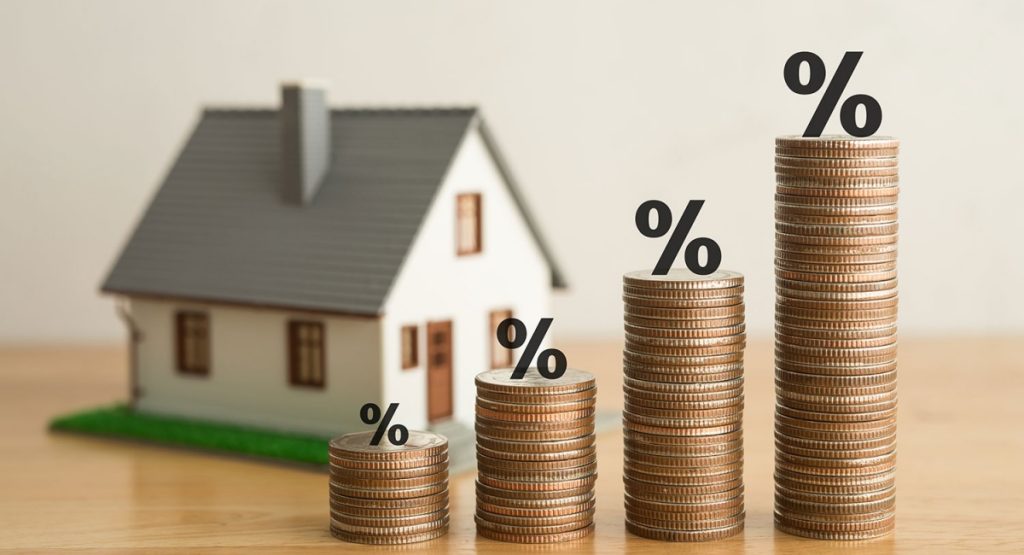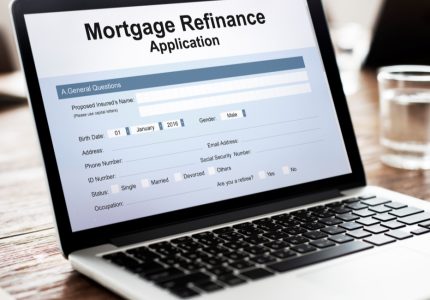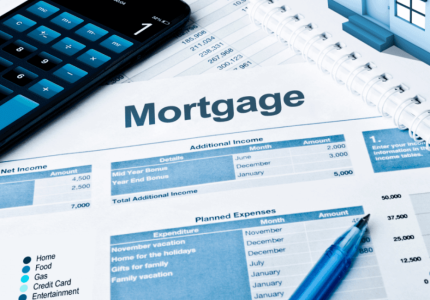Bethany_Rene
Selecting the right mortgage is key to financing a home. Fixed-rate mortgages and adjustable-rate mortgages (ARMs) are two of the most common types of mortgages. Both have their pros and cons, and knowing how they differ can guide you to a choice that best services your financial goals. In this article, we will discuss fixed vs adjustable-rate mortgages — the major features, benefits, and drawbacks.
Fixed-Rate Mortgages
A fixed-rate mortgage is a type of loan in which the interest rate does not change over the entire term of the loan. Because this price is fixed, your monthly payments will not change, making it easier for homeowners to budget. The predictability is one of the main advantages of fixed-rate mortgages. Fixed-rate mortgage: With a fixed-rate mortgage, borrowers can budget confidently, knowing what they’ll pay each month. Homeowners can plan their budgets well knowing exactly how much they will pay every month, without having to worry about interest rate fluctuations.
Moreover, fixed-rate mortgages ensure long-term stability. They are especially attractive in a low-interest-rate background. In fact, if you work to get a low rate, you could save thousands over the life of your loan if rates rise down the road. Fixed-rate mortgages are also easy to understand, with borrowers not having to deal with changing terms or complicated calculations related to interest rate adjustments.

On the flip side, fixed-rate mortgages do come with downsides. They usually carry higher initial rates than ARMs, which can result in higher monthly payments upfront. In addition, if market interest rates fall after you lock in your fixed-rate mortgage, you could lose out on potential savings unless you refinance your loan.
Adjustable-Rate Mortgages (ARMs)
An adjustable-rate mortgage has an interest rate that changes according to the market after an agreed-upon fixed initial period. ARMs often have lower rates than fixed-rate mortgages in their early years, making them appealing to some borrowers. The most notable benefit of ARMs is that they offer lower initial rates. That means timeline can result in lower monthly payments during the initial period, and that can save money upfront for homeowners.
Additionally, if interest rates stay the same or fall after the initial term, borrowers might wind up paying less in the long run than they would with a fixed-rate mortgage. This can especially work in your favor if you intend to sell or refinance before the adjustable period, making an ARM clearer and more affordable in such situations.

But with these advantages come significant risks. The main risk is the uncertainty of further interest rate hikes. When the five-year fixed term ends, rates can jump considerably, resulting in larger monthly payments that can put a strain on budgets. Moreover, ARMs can be more complex than the more traditional fixed-rate mortgage, as they are subject to the fluctuation of their current rate and how often it can change; it’s important for the borrower to know how frequently the rate will actually change and what the changes will be based on.
Conclusion
Whether to take a fixed-rate or adjustable-rate mortgage comes down to your finances, level of risk and how long you plan to stay put. Fixed-rate mortgages offer predictable monthly payments as they stay the same throughout the life of the loan. Adjustable-rate mortgages, meanwhile, provide low initial rates and potential savings but have risks from varying interest rates.
So before making any decision, slice and dice your goals and talk with a mortgage specialist who can help you see all sides of both options. By evaluating your needs through the lens of fixed vs adjustable-rate mortgages, you can find the best home financing solution for your overall financial health.














